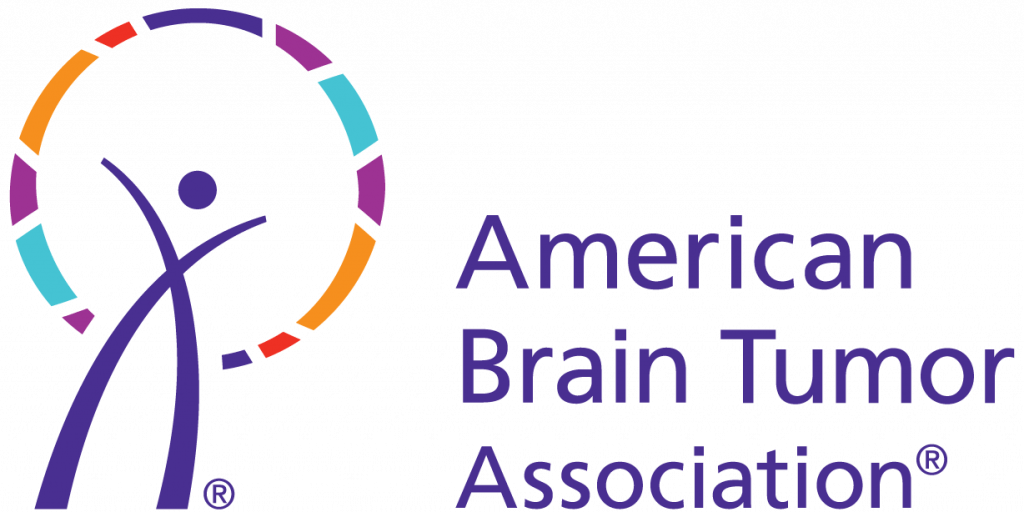Lymphoma is a cancer that arises from the cells of the lymphatic system. Primary CNS Lymphoma (PCNSL) is a rare type of diffuse B cell lymphoma that affects parts of the central nervous system. A small subset of PCNSL, about 10%, also arise from T cell, Burkitt, lymphoblastic, and marginal zone lymphomas.
Location
Lymphoma occurs most often in the cerebral hemisphere, but may also involve the cerebrospinal fluid, spinal cord, leptomeninges, or eyes. It is not unusual for this tumor to be found in multiple areas of the cerebral hemisphere, as it can spread throughout the central nervous system.
Symptoms
The most common symptoms of CNS lymphoma include personality and behavioral changes, confusion, symptoms associated with increased pressure within the brain (e.g., headache, nausea, vomiting, drowsiness), weakness on one side of the body or the arms and legs, numbness, tingling, pain, and seizures. Problems with eyesight or loss of hearing may also occur.
Treatment
Once a diagnosis is confirmed, steroids are used to control brain swelling. This may result in the immediate disappearance of the tumor on a later scan. Chemotherapy and radiation, or chemotherapy alone, may then be used as the primary treatment. Surgery is done only in specific cases, because lymphomas tend to occur deep within the brain and the risk of surgical complications are too high.
Prognosis
Prognosis means a prediction of outcome. This information is usually based on information gathered from groups of people with the same disease. It is important to remember these statistics are not individualized.
The 5-year relative survival rates for CNS lymphoma by age group are as follows:
- Children (0-14): 78.9%
- AYA (15-39): 50.8%
- Adults (40+): 33.2%
Up to 60% of PCNSL patients experience disease recurrence 2-5 years after diagnosis.
Incidence
PCNSL accounts for about 2-3% of all CNS tumors and are very rare, with an overall incidence of less than one person in 100,000 per year. But the incidence increases in patients aged 70-79 with an incidence of about 4 in 100,000 persons per year. It is more common in men than women.
Age distribution
CNS lymphoma occurs in people of all ages with a median age of 55. People who are immunocompromised are diagnosed at a median age of 35.
Risk factors
People at greater risk for PCNSL are those who are immunocompromised, usually due to AIDS, chronic immune suppression after organ transplant, or immune system disorders.
Molecular profile
Molecular profiling is the detection of specific genes, proteins, or other molecules in a tumor. This information helps confirm tumor diagnosis, inform treatment options, and predict prognosis.
CSF IL-10 is a well-known diagnostic and prognostic marker for PCNSL. B cell receptors (BCR), Toll-like receptors (TLR), or NF-kB pathways are involved or altered in more than 90% of PCNSL
Additional Resources
Content last reviewed:
Page last reviewed February 2023 by Varsha Prakash, PhD




